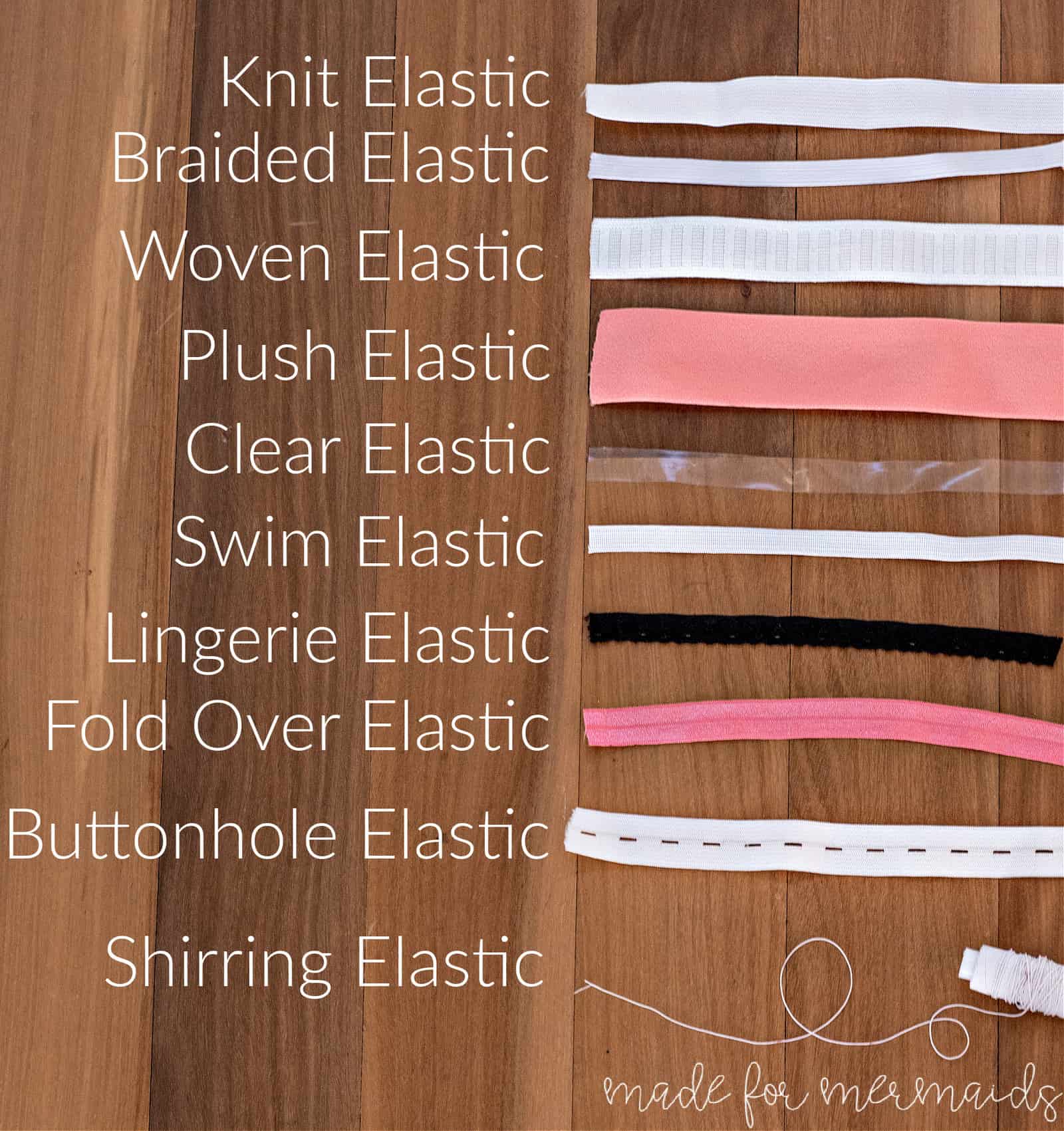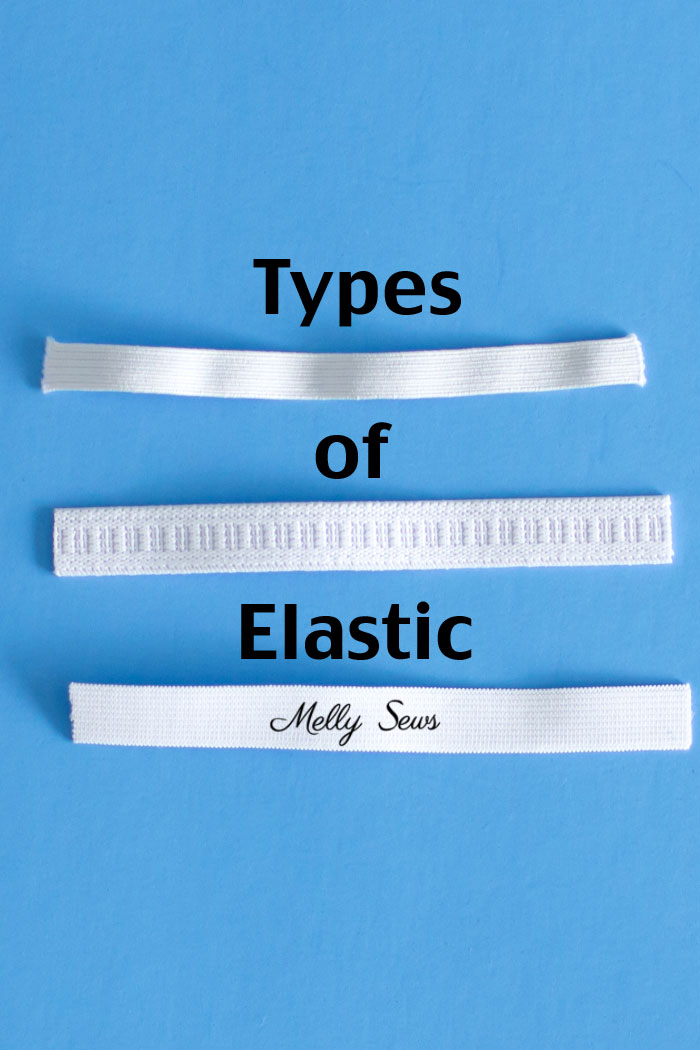Braided Vs Knit Elastic
Braided Vs Knit Elastic - Web the best advantage of knit elastic vs braided is the knit while stretching in length retains it's original width. Does one type roll less? Knitted elastic retains shape and stays flat when stretched or sewn through, so it can be sewn to an article directly or used in a. The chart below enables you to compare a variety of elastic types at a glance. Braided (above left) and knitted (above right.) this is a very close up photo, but you can see the difference in appearance between the two. Where do i use it? They are therefore suitable for extremely lightweight fabrics and in places where rolling wouldn’t. Commonly found in widths from 1/8 to 1, braided elastic is easily identified by its horizontal ribs that run the length of the elastic. Web braided and knitted elastics. While this is great when comfort is a priority, it may not be suitable for projects that require a firm and secure hold. Braided elastic looks ribbed due to its construction process and should be used in casings only, not sewn through, as it easily distorts. They lose resiliency when pierced through needles. Those ridges make this elastic have more “grip” but they also mean that braided elastic tends to narrow as it is stretched. Web generally, most elastics on the market are. Web sure, your pattern calls for 1/2” elastic, but should you use knit, braided, woven, or sparkly? Elastic is classified by how it is manufactured as well as the fiber content. Web there are two main types of elastic: Commonly found in widths from 1/8 to 1, braided elastic is easily identified by its horizontal ribs that run the length. These ribs make it narrow when it is stretched. The difference of knitted elastic, braided elastic, woven elastic, and clear elastic. Does one type roll less? Web all elastic begins with rubber or spandex cores that are wrapped in fiber — polyester, nylon, cotton — then woven, knitted or braided. Those ridges make this elastic have more “grip” but they. Elastic is classified by how it is manufactured as well as the fiber content. Elastic thread, though, is quite narrower, and other decorative elastic waistbands can also be wider. It also is one of the easiest sewing methods for fitting and garment construction. Knitted is named for its similarity to a knitting pattern, like what crafters accomplished using needles and. Elastic thread, though, is quite narrower, and other decorative elastic waistbands can also be wider. Braided elastic looks ribbed due to its construction process and should be used in casings only, not sewn through, as it easily distorts. Understanding these differences empowers you to select the most suitable elastic for. From the comments so far, it. Knitted is named for. Elastic thread (shirring elastic) 9. Does one type roll less? While this is great when comfort is a priority, it may not be suitable for projects that require a firm and secure hold. These are then braided, knitted or woven into elastic. Web all elastic begins with rubber or spandex cores that are wrapped in fiber — polyester, nylon, cotton. Web both braided and knitted elastics have a unique knit pattern visible to the naked eye, especially when you stretch them. They are therefore suitable for extremely lightweight fabrics and in places where rolling wouldn’t. Web in contrast, knitted elastics are softer and more comfortable against the skin, but may not offer the same level of durability. These different types. Braided elastic looks ribbed due to its construction process and should be used in casings only, not sewn through, as it easily distorts. Elastic thread (shirring elastic) 9. Those ridges make this elastic have more “grip” but they also mean that braided elastic tends to narrow as it is stretched. Web the best advantage of knit elastic vs braided is. Does one type roll less? How to select the right. Web all elastic begins with rubber or spandex cores that are wrapped in fiber — polyester, nylon, cotton — then woven, knitted or braided. Elastic is classified by how it is manufactured as well as the fiber content. Elastic thread (shirring elastic) 9. Buying elastic for home use. Web there are two main types of elastic: Web braided elastic gets narrower and curls as it stretches, while woven and knitted elastics hold their width during sewing and wearing. They are therefore suitable for extremely lightweight fabrics and in places where rolling wouldn’t. The chart below enables you to compare a variety of elastic. While this is great when comfort is a priority, it may not be suitable for projects that require a firm and secure hold. Web both braided and knitted elastics have a unique knit pattern visible to the naked eye, especially when you stretch them. Web braided elastic gets narrower and curls as it stretches, while woven and knitted elastics hold their width during sewing and wearing. Click on the image to view the chart in a pdf. Web knit or braided elastic is better for lighter fabrics, while woven elastic is better for heavyweight fabrics. Web by vernelle january 7, 2024 reading time: What is knitted elastic (knit elastic) 4. What is lingerie elastic (picot elastic) more types of elastic. Or do they just look different? Where do i use it? Web braided and knitted elastics. Much much easier when applying elastic in a stretched condition. They are therefore suitable for extremely lightweight fabrics and in places where rolling wouldn’t. Web there are three main types of elastic: Knitted elastic retains shape and stays flat when stretched or sewn through, so it can be sewn to an article directly or used in a. Web woven and knit elastics maintain their width when stretched and usually can be sewn directly to fabric, whereas braided elastic narrows when stretched, and should be used in a casing.
Types of Elastic for Sewing A Quick Guide Craftsy

Different Types Of Elastic For Sewing & How To Choose The Best

What is the difference between knit and braided elastic? YouTube

Elastics 101

What is the Difference between Braided and Knitted Elastic? Knitted

Braided vs. Regular Elastics The Main Difference

Woven Elastic vs Knitted Elastic Types of Elastic

Knitted vs. Braided Elastics for Your Next DIY Project

Types of Elastic and When to Use Them Melly Sews

Different Types Of Elastic For Sewing & How To Choose The Best
Elastic Thread, Though, Is Quite Narrower, And Other Decorative Elastic Waistbands Can Also Be Wider.
Web Sure, Your Pattern Calls For 1/2” Elastic, But Should You Use Knit, Braided, Woven, Or Sparkly?
What, Please, Are The Functional Differences Between Braided Elastic And Knit Elastic?
From The Comments So Far, It.
Related Post: